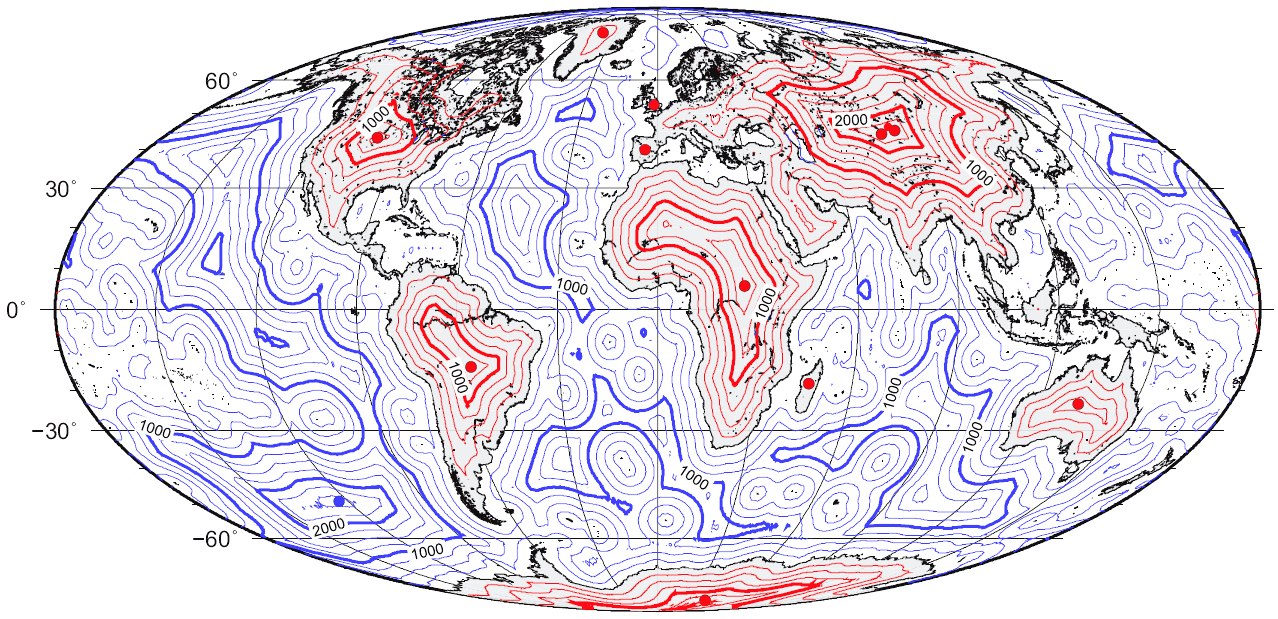Since moving to the south pole, I’ve learned an incredible amount of new terms to describe the area around where I’m living. One such term is “Pole of Inaccessibility”.

The southern pole of inaccessibility is the point on the Antarctic continent most distant from the Southern Ocean. A variety of coordinate locations have been given for this pole. The discrepancies are due to the question of whether the “coast” is measured to the grounding line or to the edges of ice shelves, the difficulty of determining the location of the “solid” coastline, the movement of ice sheets and improvements in the accuracy of survey data over the years, as well as possible typographical errors. The pole of inaccessibility commonly refers to the site of the Soviet Union research station mentioned below, which lies at 82°06?S 54°58?E[4] (though some sources give 83°06?S 54°58?E[5]). This lies 878 km (545 statute miles) from the South Pole, at an elevation of 3,718 m (12,198 ft). Using different criteria, the Scott Polar Research Institute locates the pole at 85°50?S 65°47?E.[6]
So, it seems like I’m not living at THE most inaccessibly place in Antarctica, but it’s darn close.

